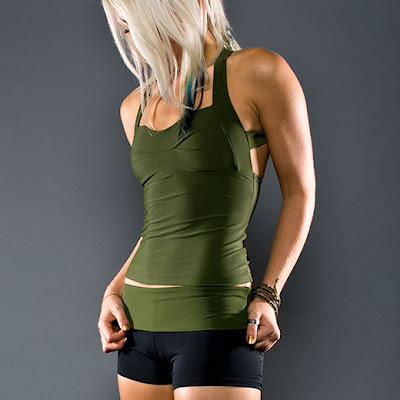ClassicalClassical Ballet is the most formal of the ballet styles, it adheres to traditional ballet technique. There are variations relating to area of origin, such as Russian ballet, French ballet, British ballet and Italian ballet. The Vaganova method, named after Agrippina Vaganova and the Cecchetti method, named after Enrico Cecchetti are Russian and Italian respectively and derive from the original French method.
Classical ballet is best known for its unique features and techniques, such as pointe work, turn-out of the legs, and high extensions; its graceful, flowing, precise movements; and its ethereal qualities.
Ballet, mostly classical, puts a great amount of emphasis on the execution of movement and the method.
The feature of ballet is the outward rotation of the thighs from the hip. The foundation of the dance is of five basic positions, all performed with the turnout. Most young dancers receive a very strict and rigorous education in their school's method of the dance, which begins when they are young and ends with graduation from high school. Students are required to learn all the names, meanings (most), and last but not least precise technique of each movement which they learn. Emphasis is the building or putting on building strength mostly in the lower body (particularly the legs and the core which are also called the center or the abdominals) as a strong core is necessary for many movements in ballet mostly turns, and on developing flexibility and strong feet for dancing en pointe.
RomanticThe Romantic ballet is defined primarily by an era in ballet in which the ideas of Romanticism in art and literature influenced the creation of ballets. The era occurred during the early to mid 19th century primarily at the Théâtre de l'Académie Royale de Musique of the Paris Opera Ballet and Her Majesty's Theatre in London. The era is typically considered to have begun with the 1827 début in Paris of the ballerina Marie Taglioni in the ballet Le Sicilien, and to have reached its zenith with the premiere of the divertissement Pas de Quatre staged by the Ballet Master Jules Perrot in London in 1845. The Romantic ballet had no immediate end, but rather a slow decline. Arthur Saint-Léon's 1870 ballet Coppélia is considered to be the last work of the Romantic Ballet.
The Romantic era marked the rise of the ballerina as a central part of ballet, where previously men had dominated performances.The movement style for Romantic ballerinas was characterized by soft, rounded arms and a forward tilt in the upper body. This gave the woman a flowery, willowy look. Leg movements became more elaborate due to the new tutu length and rising standards of technical proficiency. Important Romantic ballerinas included, in addition to Marie Taglioni, Carlotta Grisi, the first "Giselle", Lucille Grahn, Fanny Cerrito, and Fanny Elssler.
The costume for the Romantic ballerina was the Romantic tutu. This was a full, white, multi-layered skirt made of tulle. The ballerina wore a white bodice with the tutu. In the second acts of Romantic ballets, representing the spiritual realm, the corps de ballet appeared onstage in Romantihe dancers wore pointe shoes to give the effect of floating. However, sometimes they decided to throw in extra sharp, sassy movements to portray the given concept or intent, often using high kicks and fast turns.
 Lithograph by Chalon of Carlotta Grisi (left), Marie Taglioni (center), Lucille Grahn (right back), and Fanny Cerrito (right front) in the Perrot/Pugni Pas de Quatre. London, 1845. The premiere of the Pas de Quatre is considered to be the Romantic ballet at its zenith
Lithograph by Chalon of Carlotta Grisi (left), Marie Taglioni (center), Lucille Grahn (right back), and Fanny Cerrito (right front) in the Perrot/Pugni Pas de Quatre. London, 1845. The premiere of the Pas de Quatre is considered to be the Romantic ballet at its zenithinfo from Wikipedia








